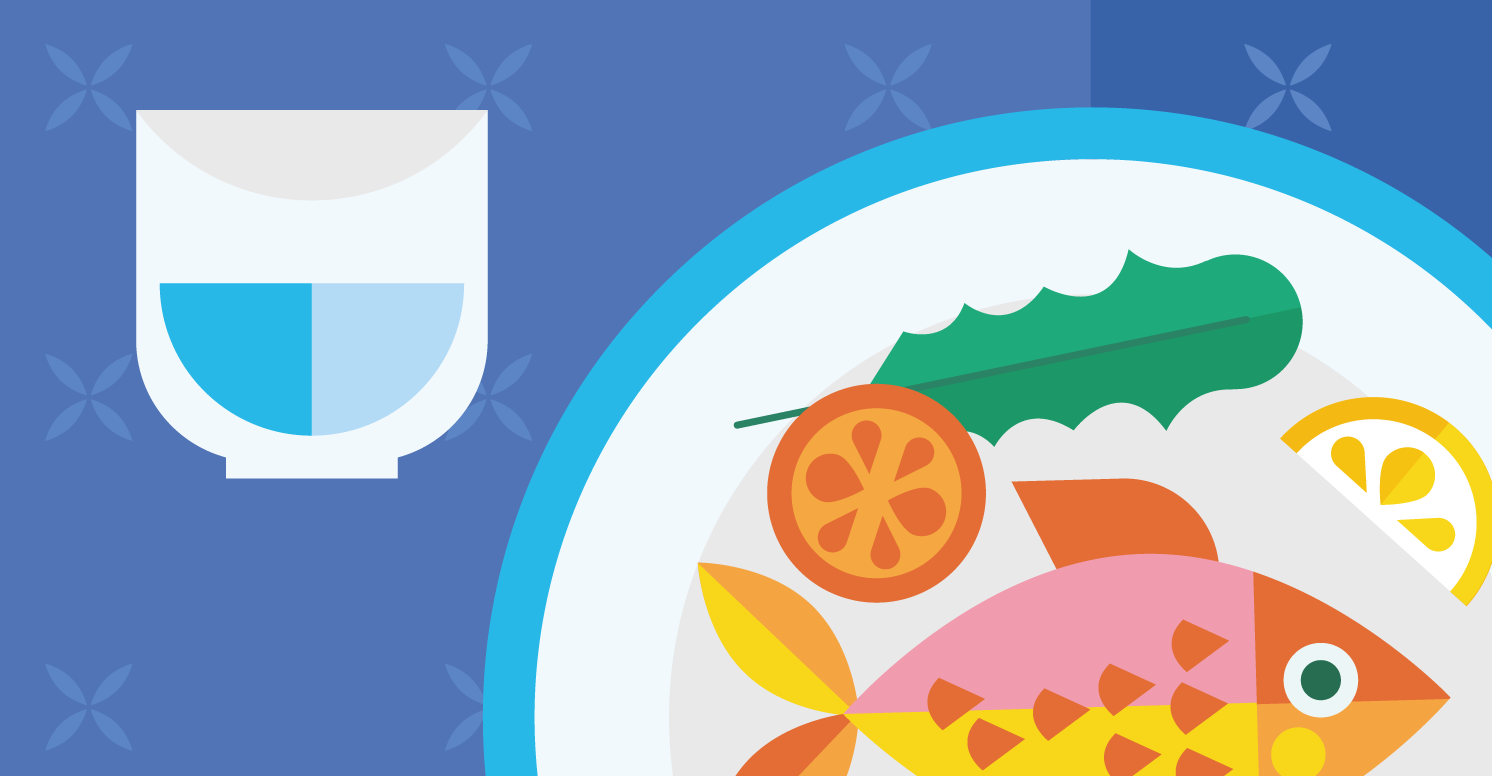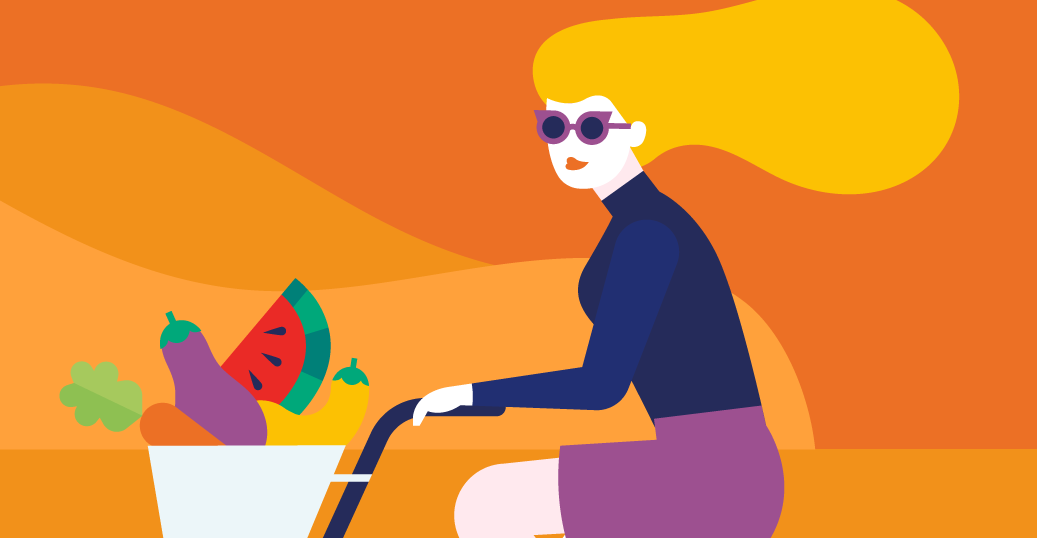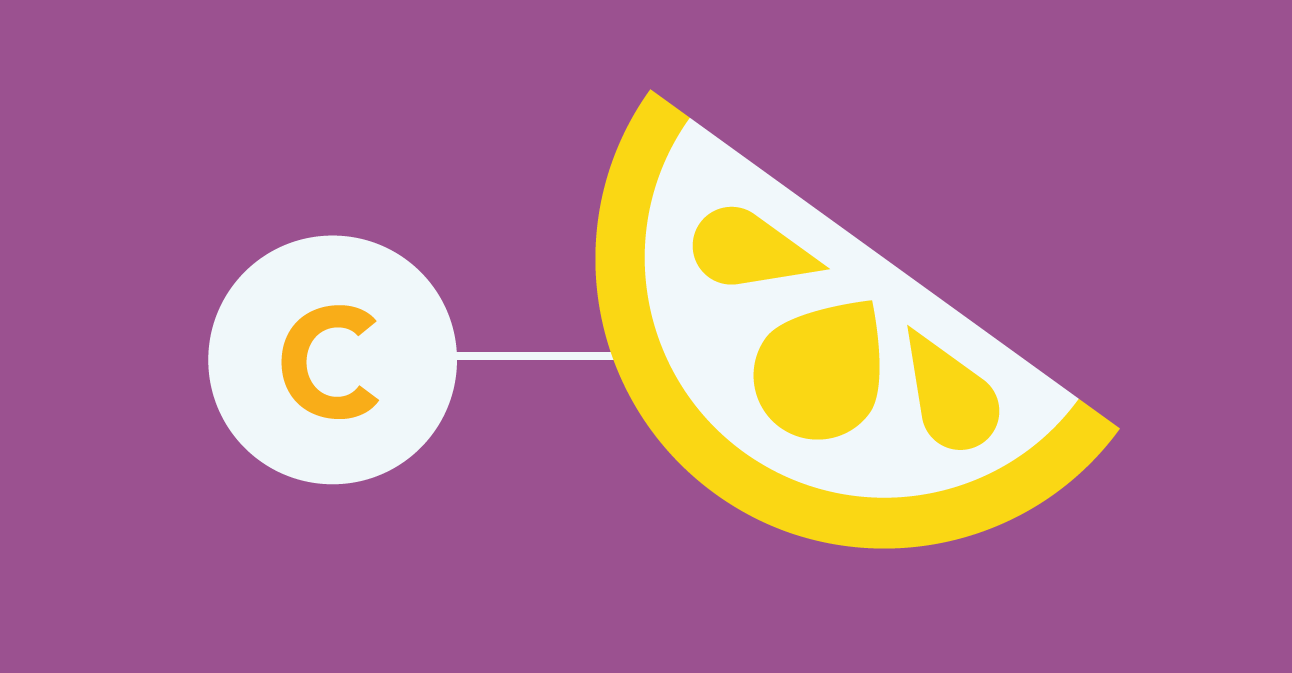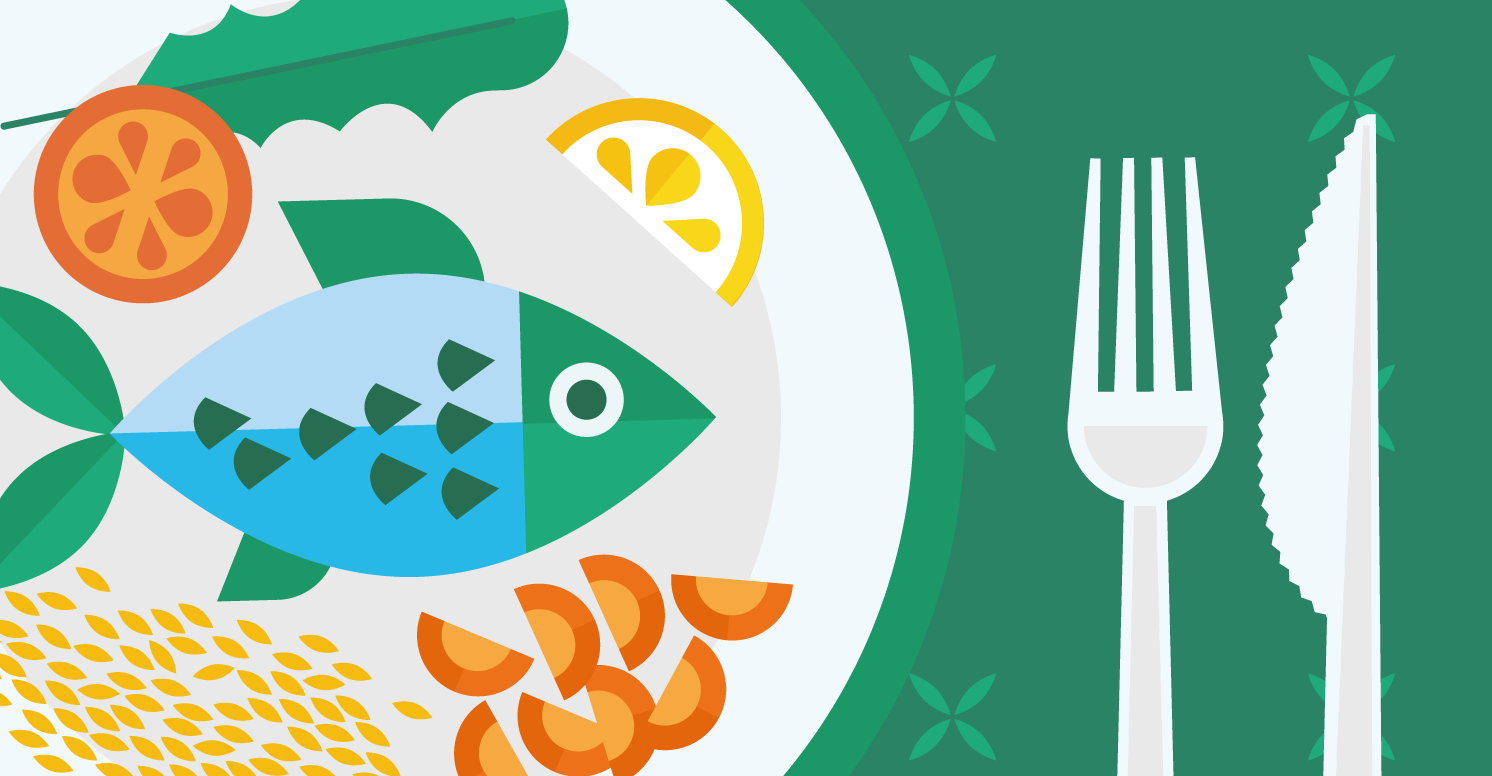The Nutritional Value of Potatoes
Last Updated : 01 March 2010Potatoes are a very common food in the diets of most Europeans, but perhaps sometimes the nutrition contribution of this staple crop is overlooked. To start with, there are considerable nutritional differences between potato dishes depending on how they are cooked, and this may have an impact on how potatoes as a food are perceived by consumers. What makes potatoes special is that they combine the characteristics of starchy foods with those of vegetables.
First imported from South America in the 16th century, potatoes took another 150 years before actually becoming one of the most important staple food crops in Europe. Nowadays, Central and Eastern Europeans are the highest consumers, but potatoes play a role in diets all across the continent, with an average per capita consumption of 94 kg in 2005.1 Listed below are important and interesting nutritional aspects that are worth considering in the discussion on the contribution of potatoes towards a healthy balanced diet.2
When boiled or baked, potatoes are a virtually fat-free food. The main energy-providing nutrient in potatoes is carbohydrate, in the form of starch. Carbohydrates are the primary source of energy for the body, and should supply at least half of your calories for the day. The advantage of getting carbohydrates from potatoes is that you will be getting a considerable amount of certain micronutrients as well. Potatoes contain a small amount of protein: about 3 g in a boiled medium portion of 180 g (see Table 1). Although this is less than 10% of the daily adult requirement, potatoes are a good source of the amino acids lysine and tryptophan and combined with milk or eggs make for a high quality protein food.
Potatoes are a source of fibre, which contributes to the feeling of fullness, and supports healthy digestive functions. A 180 g portion of boiled potatoes provides about 3 grams of fibre, which equates to more than 10% of the daily recommended intake of fibre, namely 25 grams.3 Some people enjoy the stronger taste of eating cooked potatoes with skins on, and in this form they contain even more fibre. However care must be taken not to eat skins that are discoloured or marked. Green patches indicate higher levels of glycoalkaloids such as solanine, which may lead to ill health if consumed in large amounts. A small amount of the starch in potatoes resists digestion (this is called ‘resistant starch’): this particularly occurs when potatoes are eaten cold after being cooked, such as in a potato salad. Resistant starch acts in the body in a similar way to fibre, and may aid in the control of blood glucose and blood lipid levels.4
Potatoes are a steady reliable source of vitamin C – a medium boiled potato (180 g) contains about 10 mg, which is about one eighth of the adult requirement. New potatoes contain about double this level, so a typical serving contains about a quarter of the adult requirement of vitamin C. Although there are many fruits and juices that contain vitamin C, none of the other starchy foods that are typically consumed are significant sources in the way that potatoes are. Although vitamin C is sensitive to heat, and breaks down to some degree on cooking, enough is still retained to make cooked potatoes a useful source of this nutrient. Vitamin C is required for healthy skin, teeth, gums, muscles and bones, and it also helps with the absorption of iron from plant foods, which is poorly available to the body otherwise. Furthermore, vitamin C acts as an antioxidant in the body, and some potatoes with yellow, orange or purple flesh, specifically also sweet potatoes, contain significant amounts of other antioxidants such as carotenes or flavonoids.
There are several different B group vitamins, and potatoes are a source of some of these. A medium serving of boiled potatoes (180 g) contains more than one sixth of the adult daily requirements for vitamins B1, B6 and folate. These B group vitamins have many functions in the body including being essential components in the metabolism of carbohydrates to provide energy, and maintaining a healthy skin and nervous system. Folate is needed for cell growth and development, which is why ensuring adequate intakes before and during pregnancy is especially important. Folate is also essential for the production of red blood cells.
Potatoes are a significant source of the mineral potassium, and also contain small amounts of magnesium and iron. Potassium has many functions in the body including muscle function and contraction, the transmission of nerve impulses, and the regulation of blood pressure. Potatoes contain amounts of potassium that match those in most fruits and vegetables per unit weight, and because potatoes are typically consumed in greater quantities, they are an important and reliable food source of this nutrient. A boiled medium portion of potatoes (180 g) also provides about one tenth of an adult’s daily requirement of magnesium and iron.
Potatoes naturally contain almost no sodium (which together with chloride forms salt). Public health advice is to be careful not to consume too much salt, because of an association between sodium intake and the risk of high blood pressure (hypertension). Other starchy foods are equally low in sodium, but the potassium content in potatoes is significantly higher than in, for instance, pasta. The combination of a high potassium and a low sodium content makes potatoes a healthy food for people trying to manage their blood pressure. However, caution needs to be taken not to add a lot of salty condiments or sauces during food preparation.
For those who are trying to lose weight, or avoid weight gain, potatoes may play a helpful role. A medium serving of boiled, peeled potatoes (180 g) contains about 140 calories, which is much less than the energy content in the same amount of boiled pasta (286 calories) or boiled rice (248 calories). However, slimmers need to beware: the energy content of potatoes that have been (deep-)fried can be two or three times higher than for boiled or baked potatoes, so these forms of potatoes are less suitable for those on a weight loss diet.
Further “good news” for those trying to avoid weight gain, is that potatoes have a high satiety index. Because the energy density, i.e. calories per gram of food, of boiled or baked potatoes is low, eating lots of them does not equate to a large calorie intake (approximately 140 kcal from a medium sized portion). Therefore, it can help you to feel full without overeating energy-wise. One study of the satiety effects of different foods reported potatoes as having three times the satiety rating compared to the same intake of calories from white bread.5
Because of the diversity of ways in which potatoes are prepared, the nutritional content of potato meals is very variable. Nutrient losses through cooking depend on the temperature and the length of cooking time. Water-soluble vitamins and minerals such as B vitamins, vitamin C and potassium leech out from the potatoes into cooking water when boiled. Boiling potatoes with their skins on (although after cooking they might be peeled and eaten without skin) greatly reduces these nutrient losses. There is also some loss of nutrients during storage, and general advice is that potatoes should be kept in dry, dark and cool conditions. However, potatoes should not be stored at temperatures as low as 4°C as this may increase the formation of acrylamide when fried.6 Potatoes that develop green patches or start to sprout during storage, should be carefully trimmed and peeled, or not consumed. Although the fat content is very low in potatoes, potato dishes may be calorie-rich if fat is added during preparation of these. This is the case of e.g. (deep-)fried potatoes and gratins prepared with full-fat cream and cheese.
A very small number of people are not able to tolerate gluten, which is a protein found in wheat and rye. For people who need to follow a gluten-free diet, and so cannot eat many common foods including bread, pasta and most breakfast cereals, potatoes are a very important food. Potatoes are gluten-free and therefore can be consumed freely by people who need to avoid gluten, or who may have other concerns about consuming wheat.
Table 1. Typical nutrient values of different potato preparations per 100 g
|
|
Boiled potatoes, in skins |
Boiled potatoes, peeled |
Baked potatoes, in skin |
Mashed potatoes, with milk (7 g) and butter (5 g) |
French fries, retail from burger outlet |
|
Energy (kcal) |
66 |
77 |
85 |
104 |
280 |
|
Protein (g) |
1.4 |
1.8 |
2.6 |
1.8 |
3.3 |
|
Carbohydrates (g) |
15.4 |
17.0 |
17.9 |
15.5 |
34.0 |
|
Fat (g) |
0.3 |
0.1 |
0.1 |
4.3 |
15.5 |
|
Fibre (g) |
1.5 |
1.2 |
3.1 |
1.1 |
2.1 |
|
Potassium (mg) |
460 |
280 |
547 |
260 |
650 |
|
Iron (mg) |
1.6 |
0.4 |
0.9 |
0.4 |
1.0 |
|
Vitamin B1 (mg) |
0.13 |
0.18 |
0.11 |
0.16 |
0.08 |
|
Vitamin B6 (mg) |
0.33 |
0.33 |
0.23 |
0.30 |
0.36 |
|
Folate (µg) |
19 |
19 |
44 |
24 |
31 |
|
Vitamin C (mg) |
9 |
6 |
14 |
8 |
4 |
Source7,8
References
- Food and Agriculture Organization. FAOSTAT database, Food Balance Sheets. Available at http://faostat.fao.org/site/368/DesktopDefault.aspx?PageID=368#ancor, accessed 26 January 2010.
- Food and Agriculture Organization (2008). International Year of the Potato 2008 - Potatoes, nutrition and diet.
- European Food Safety Authority website, News section. Available at: http://www.efsa.europa.eu/en/news, accessed 27 January 2010.
- Grabitske HA, Slavin JL (2008). Low-Digestible Carbohydrates in Practice. Journal of the American Dietetic Association 108(10):1677-1681.
- Holt, SH et al (1995). A satiety index of common foods. European Journal of Clinical Nutrition 49(9):675-690.
- De Wilde T, De Meulenaer B, Mestdagh F, Govaert Y, Vandeburie S, Ooghe W, Fraselle S, Demeulemeester K, Van Peteghem C, Calus A, Degroodt JM, Verhé R (2005). Influence of Storage Practices on Acrylamide Formation during Potato Frying. Journal of Agricultural and Food Chemistry 53(16):6550-6557. DOI: 10.1021/jf050650s
- Food Standards Agency (2002). McCance and Widdowsons’s The Composition of Foods, 6th summary edition. Cambridge: Royal Society of Chemistry.
- Food Composition and Nutrition Tables, 7th revised and completed edition, Ed. SW Souci, W Fachmann, H Kraut. Wissenschaftliche Verlagsgesellschaft mbH, Stuttgart, 2008.



